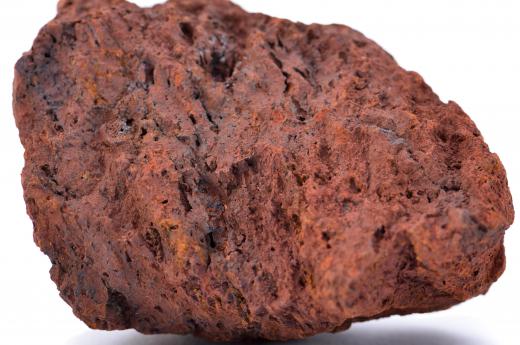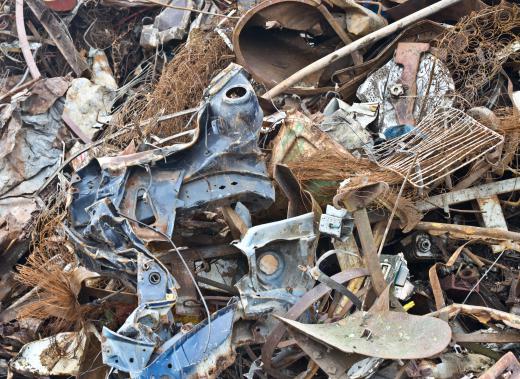Calcining, also called calcination, is an industrial process that uses very high temperatures, often between 1,400-1,800 degrees Fahrenheit (800-1,000 degrees Celsius) or higher, to change the physical and chemical properties of various solid materials, such as minerals, metals, and ore. The origin of the term comes from one of the oldest and most common calcining processes: turning limestone, also known as calcium carbonate, into lime, or calcium oxide. This process is commonly used to remove volatile substances in a material, to improve its electrical conductivity, or to remove water or certain impurities. The process is used in various industrial settings, for example in oil refineries, in some recycling plants, and it is also part of the pulping process when making kraft paper products. Processing facilities fired by oil or gas are commonly used to achieve the high temperatures needed for calcination, and these facilities are usually called furnaces, reactors, or kilns.
Originally, the word calcining was used to refer to processes that involved calcium, as when limestone is turned into lime. However, the term is also used to describe similar processes, using similar temperatures and equipment that do not involve calcium. For example, clay can undergo calcining, even though there is no calcium present in the material. Clay that's been treated in this way is anhydrous, meaning it contains no water. This can be used as an abrasive or in different kinds of coatings.

Some recycling facilities use calcination to recycle metal waste products, like grindings, polishing mud, and slurries. It can also be used to turn petroleum coke, a byproduct from oil-distillation that contains a large amount of carbon, into a much purer form of carbon. This calcined petroleum coke can be used for various purposes, such as to make carbon anodes used when producing aluminum.

Various forms of aluminum hydroxide can also undergo calcining, by being heated to temperatures over 2,000 degrees Fahrenheit (1,100 degrees Celsius). This is done to remove the crystalline water from the material, turning it into an alumina, or aluminum oxide, that has other properties and uses than aluminum hydroxide. Calcined alumina is produced in various grades and for various purposes, for example for use in the manufacture of electrical and electronic products and to produce synthetic gems used for different types of lasers. The process is also used to remove the water in bauxite, producing calcined bauxite which can be used to make aluminum oxide.
